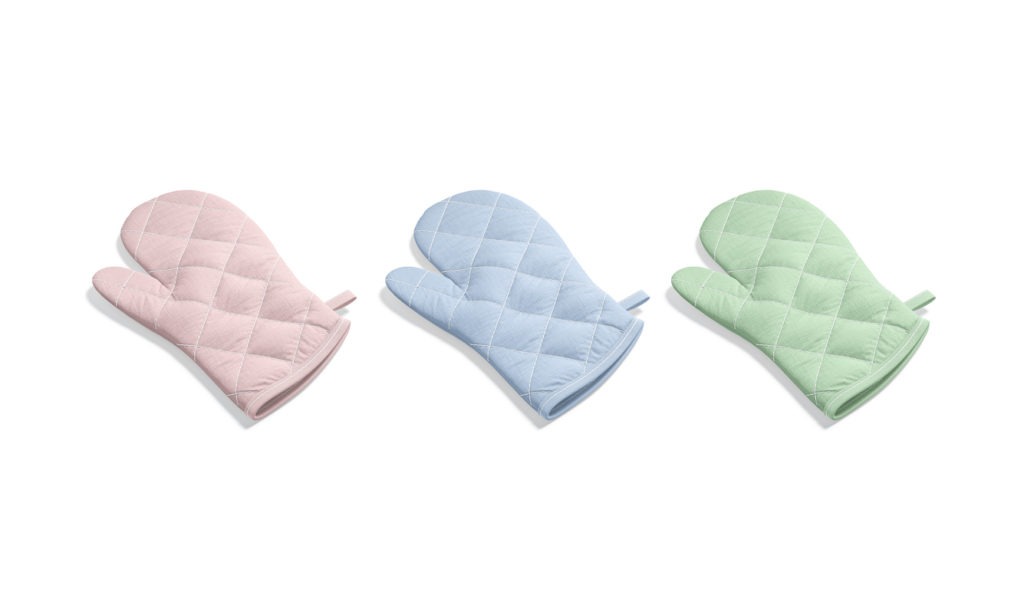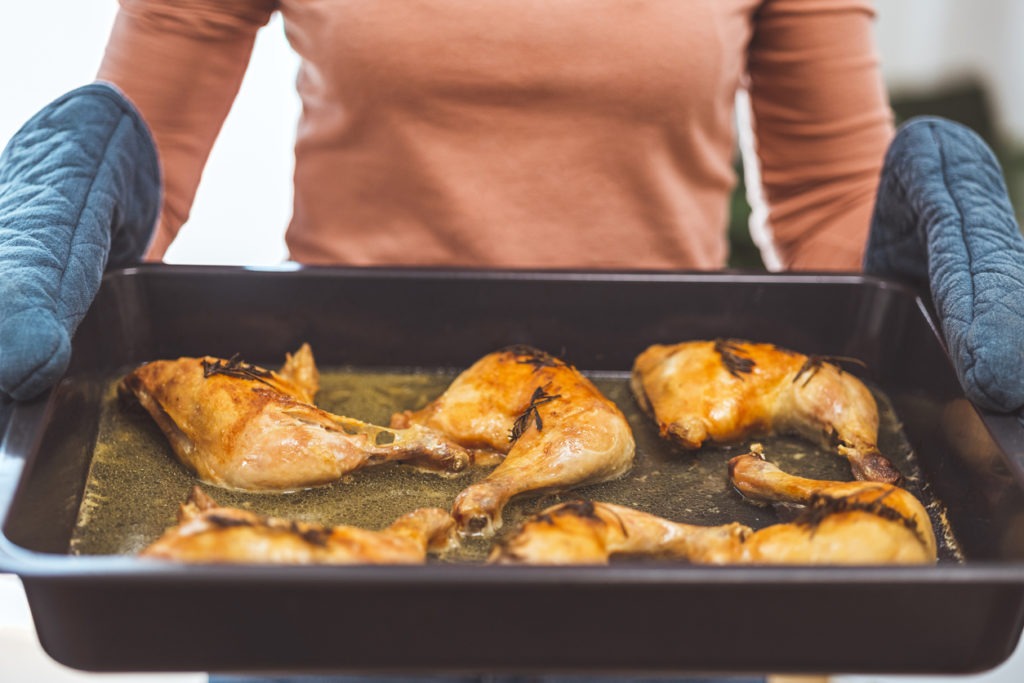There’s a good chance that you already have an oven mitt of some kind if you enjoy baking or cooking a lot. For the sake of your hands, at least, we hope you do! These necessary kitchen appliances are available in a wide range of sizes, shapes, and materials. You might be shocked to learn that you only have a limited amount of knowledge about them! When selecting an oven mitt, there are many factors to take into account, including the heat it can withstand, its coverage, and its durability.
Oven mitts come in a variety of styles, each with its benefits. Maybe you feel that your current oven mitt is lacking in a certain area. If this is the case, there is probably another kind that would suit your needs better. To prevent you from burning your hands, we’ve looked through all of the kitchenware. Here are the different types of oven mitts and how to choose the one that’s best for you!
Types of Oven Mitts
Even though you might not think this matters much for something you occasionally slip on and off, you might be surprised. You may need to be able to put your other hand into an oven mitt if you have one of your hands full. You won’t be able to do this as easily with some types. It’s also crucial to think about how frequently you use oven mitts. The longer you need it, the more an itchy or easily stained one will bother you.
1. Silicone
Silicone oven mitts may provide you with the most value and utility for your money. Mitts made of silicone are designed to withstand temperatures as high as 500 degrees Fahrenheit. You might discover that your typical kitchen does not require this level of heat resistance. Additionally, this substance lacks pores. They have excellent water and stain resistance. Additionally, they are dishwasher-safe and very strong!
2. Cotton
Traditionally, cotton oven mitts have been used. These are frequently thought of as a typical style of oven mitt. Cotton oven mitts frequently look great due to the countless number of vibrant and distinctive patterns that are available. Additionally, they are simple to clean—just throw them in the washer! These mitts’ stylish feature comes at a price, though. They provide the least heat resistance. They can be quickly penetrated by water and other stains as well. Additionally, you might discover that they don’t have the necessary grip.
3. Neoprene
Neoprene oven mitts come in a variety of styles, but cotton ones are frequently preferred. They boast advantages akin to those of cotton mitts as well as some of those of silicon mitts. Mitts made of neoprene are more heat resistant and comparable to silicon. Additionally, the grip has been strengthened to prevent slipping when holding bakeware. They are not only strong but also dishwasher-safe or machine-washable, depending on the type.
4. Aramid
The strongest and most heat-resistant oven mitts on the market are made of aramid. You might not need this much defense after all. They are typically thought of as industrial oven mitts used with hot materials and temperatures. These mitts have excellent grip as well. They do tend to be hand washed only, however.
5. Extra-Long Mitts
The first style of oven mitt is available in the majority of materials. Oven mitts that are extra-long are more of a variation than a distinct type. The standard size for oven mitts is about 12 inches. Depending on what you buy, they may be a little shorter or longer than that, but they typically cover your wrists. These are useful if you occasionally need more arm coverage. They can extend up to your elbow simply to provide more protection and coverage.
6. Lined Mitts
Lined oven mitts are available in a variety of materials, just like the extra-long oven mitts. Their name simply indicates whether or not they have an interior lining. This lining typically provides an additional layer of security and heat resistance. Cotton oven mitts usually have a lining ranging in thickness due to their lower heat resistance. Since they don’t require extra protection, silicon mitts frequently don’t.
How To Choose an Oven Mitt
Have you ever been disappointed that you couldn’t find the ideal oven mitt for yourself? If so, you might be in the wrong place with your search. You should make sure that all of your requirements are met when selecting an oven mitt. This can include things like how much coverage you require and how heat-resistant it needs to be. You can choose the right mitt for you with ease once you are aware of what you require from each category.
1. Material
Your oven mitt’s material conveys a lot about its general functionality. Some materials can withstand heat better than others. One might be more resistant to stains and water. Different substances adhere and move differently. The oven mitt you’ve always used might be too slippery or challenging to insert your hand into. If so, you ought to think about using a different substance.
2. Purpose
Others never even set foot in the kitchen, while some spend hours there every day. Which oven mitt you should choose depends on this range and where you cook. If you bake frequently, you might want to spend money on some cozy, highly heat-resistant oven mitts. On the other hand, perhaps you should be using your glove at the grill outside rather than in the kitchen. While holding the tongs over the grill, you need something that will keep your hand in a comfortable position.
3. Comfort
Even though you might not think this matters much for something you occasionally slip on and off, you might be surprised. You may need to be able to put your other hand into an oven mitt if you have one of your hands full. You won’t be able to do this as easily with some types. It’s also crucial to think about how frequently you use oven mitts. The longer you need it, the more an itchy or easily stained one will bother you.
Conclusion
To protect your hands while cooking, a wide range of materials, lengths, shapes, and sizes are available. Each type offers a distinct strength, from the grill to the oven to boiling water. The list above may help you locate the ideal hand protection you’ve been looking for. Make sure you have the appropriate hand protection to prevent burns before lighting the grill or preheating the oven.


